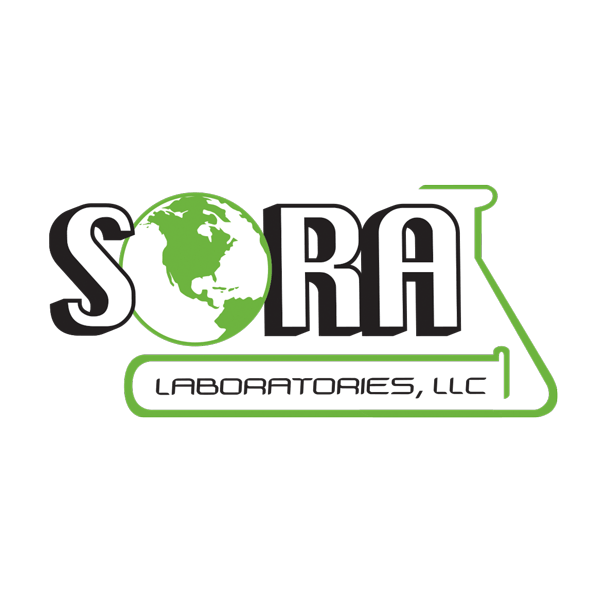A few years ago we published an article in Natural Product Insider called Proper
Raw Material Qualification Prevents Garbage In, Garbage Out. This article still rings
true today. The process of testing the raw ingredients and vendor qualification will
help ensure the finished product meets label claims and is not contaminated.
Recently, a customer sent in a botanical shake product that failed an irradiation
screening test called pulsed photo stimulated luminescence or PPSL. This screening
reveals if an ingredient or blend has been irradiated to kill microorganisms.
Irradiation methods are not acceptable for ridding supplement products of
microorganisms. Testing the botanical raw materials before blending, would have
found the single irradiated component and saved this blend before manufacturing
the product on a larger scale—a costly mistake! It’s important to note that there are
other acceptable ways to kill microorganisms in botanical ingredients, such as steam
sterilization.
A few more examples of how raw ingredient testing is integral to finished product
quality include testing for heavy metals, pesticide residue, contaminates including
microorganisms and active ingredient potency. The raw ingredient can be tested
before the manufacturing process to identify a marker that cannot be introduced
during manufacturing. Additionally, microbiology testing, some potencies or other
markers may also need to be verified during blending or again before shipping the
finished product. Failing to test raw ingredients before manufacturing can lead to a
failing test result in the finished product. This results in an out-of-specification
(OOS) investigation that prompts a review of the raw ingredient results. If the raw
ingredient was not tested for contaminates or potency level, then there is often a
scramble to determine where the unwanted result is coming from. Going back and
testing all the raw ingredients in the blend after manufacturing, is costly and time
consuming. This is why a good vendor qualification program is essential to
manufacturing quality products and following the FDA’s GMPs is a necessary and
required practice.
Vendor qualification and testing of raw ingredients is a key step in producing a
quality finished product. Without initial qualification of raw ingredients, the
blended finished product is at risk for contamination or low potency. Also, ensuring
the finished product meets label claims may require testing at various stages in the
manufacturing process and on-going stability testing if an expiration date is listed.
Consistently safeguarding the quality process may seem like a daunting process, but
SORA Labs is here to help! We can help take the stress and worry out of your raw
ingredient testing, by helping to make sure that only the best goes into your finished
product. Contact us today for a testing quote!




